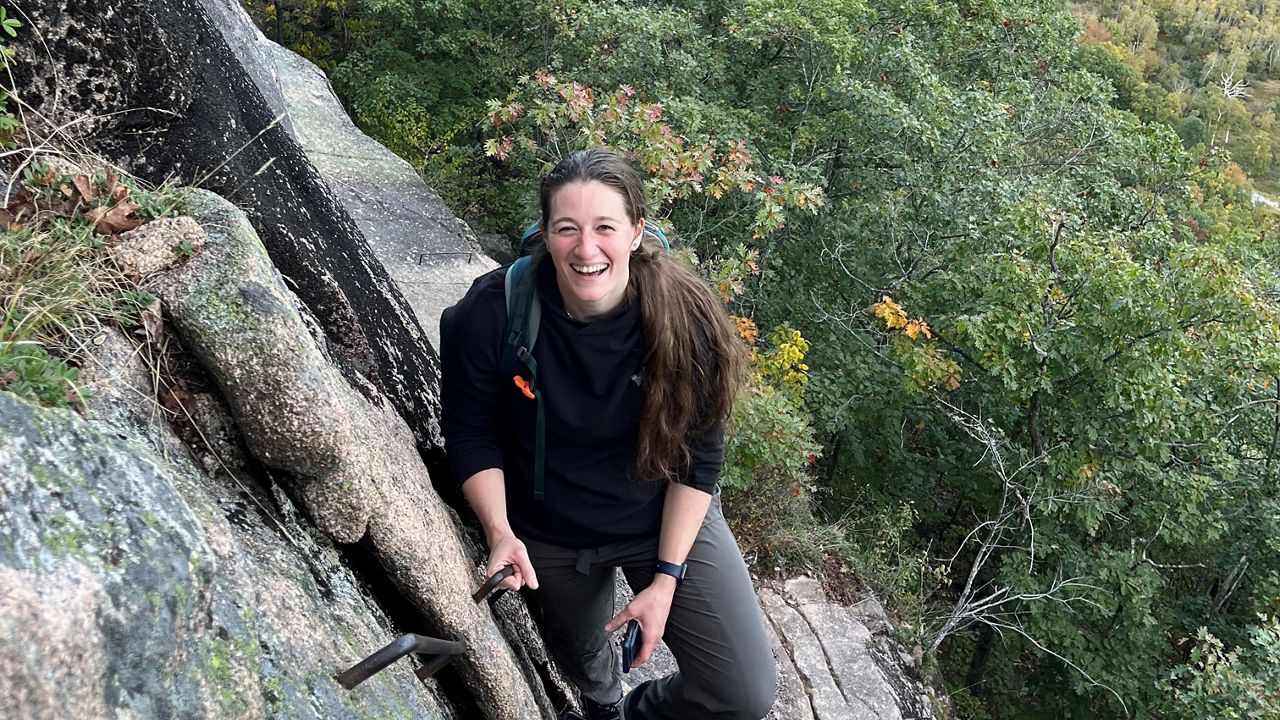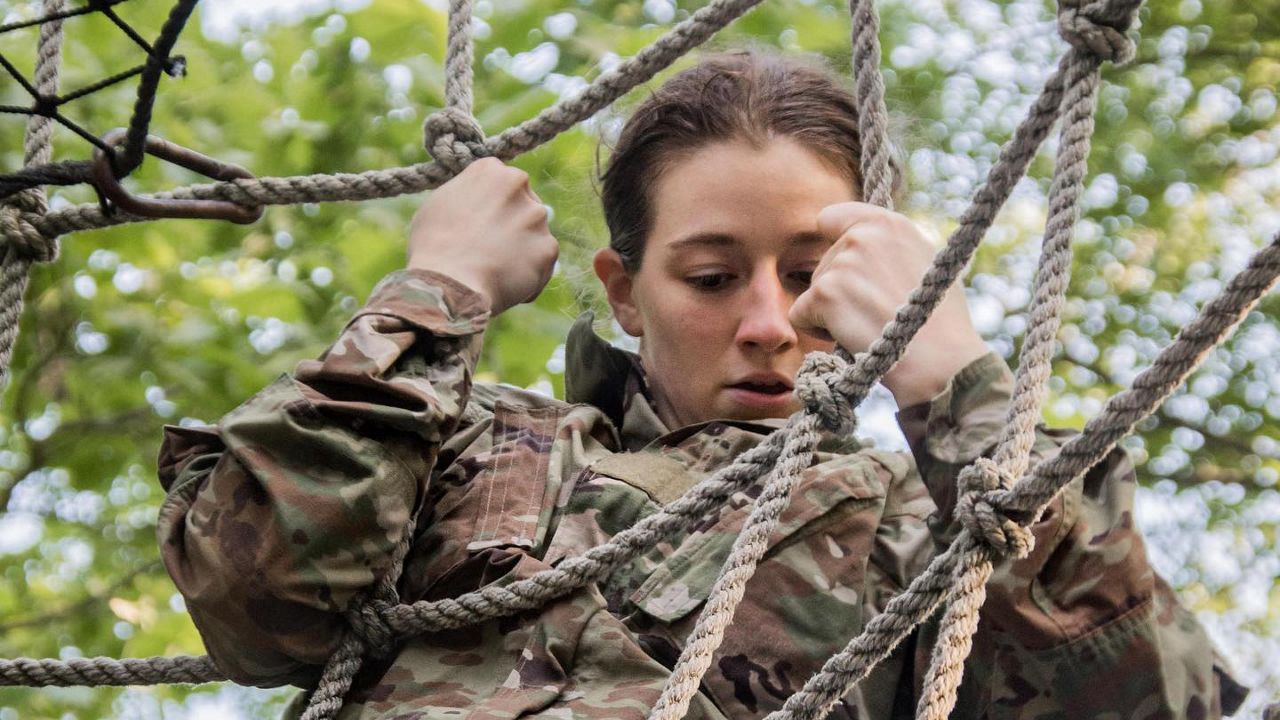MADISON, Wis.— Like gardening in general, school gardening has become hugely popular during the pandemic, with families and teachers saying its hands-on lessons can be applied to many subjects.
Finding the expertise, labor and funding to keep a school garden going can be tough. But some experts and teachers are finding creative ways to make it work.
“Gardens are a great way to get kids outside with a purpose. With gardens, kids get to see a beginning, a middle and an end to their project, with tangible results,” says Susan Hobart, a retired elementary school teacher at Lake View Elementary School in Madison, Wisconsin, who now oversees the school’s large garden with 12 raised beds.
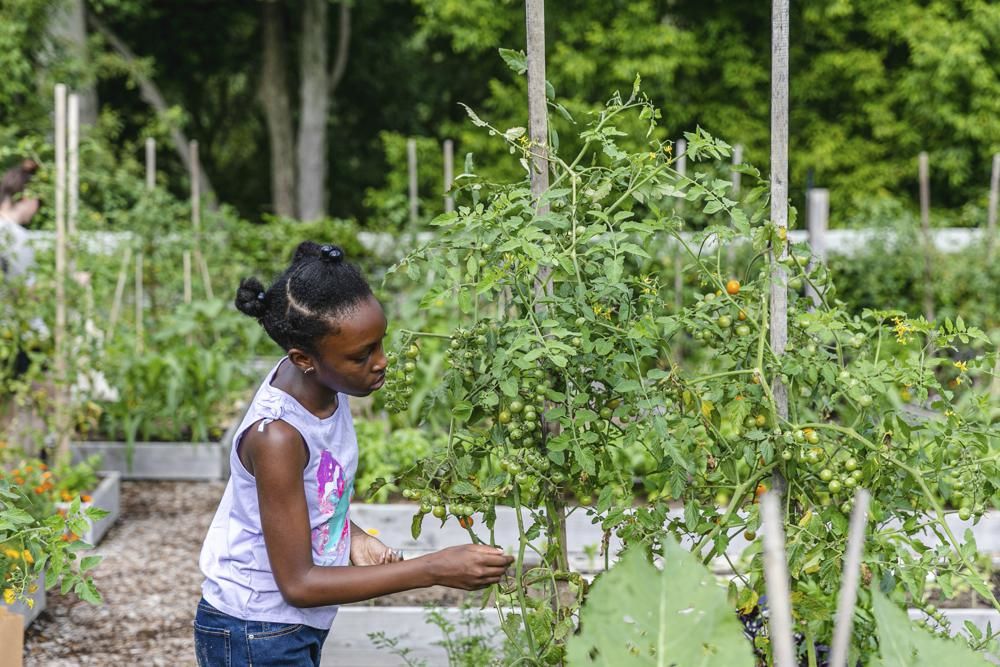
“The gardens relax the kids and give them a whole different perspective they wouldn’t have just sitting at desk,” she says.
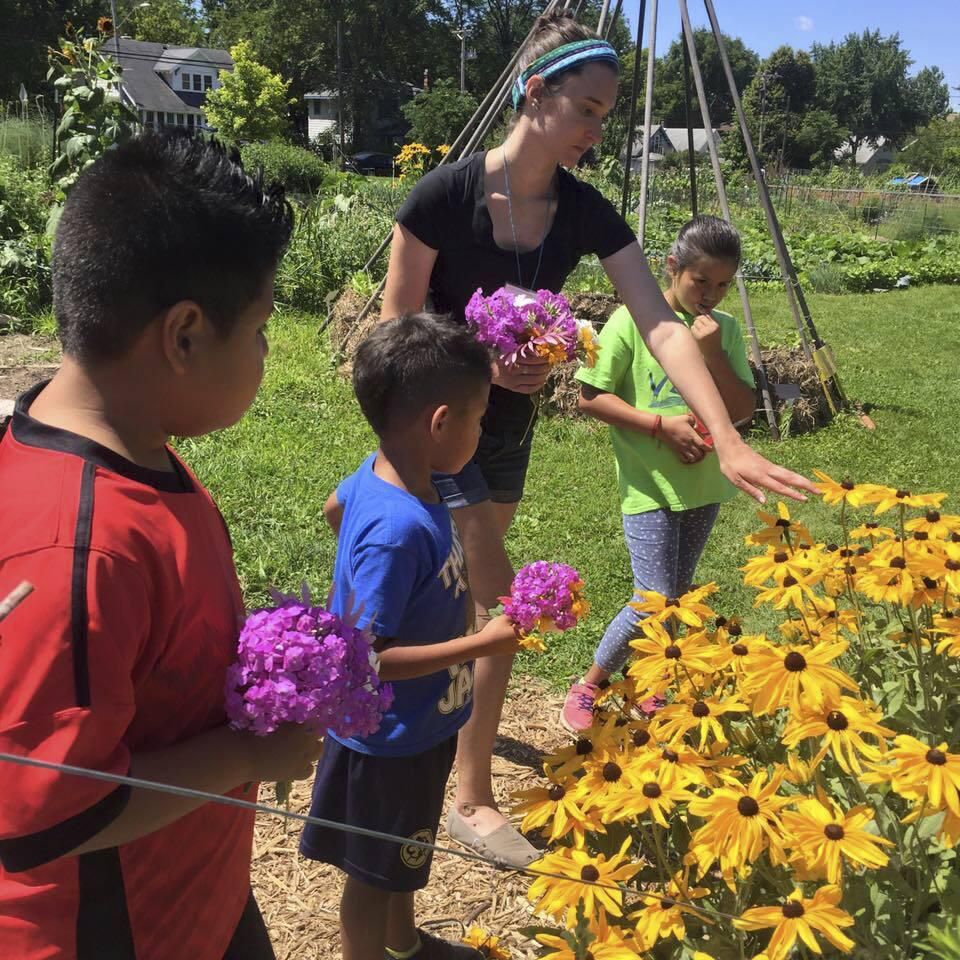
Each spring, the school’s program gets plant seedlings grown through a training program at a nearby state prison. A church group comes during spring break to prepare the garden for the kids’ return, and over the summer, an AmeriCorps volunteer takes care of the garden.
“If we had to buy the seedlings, they’d cost $3 each and we could never afford that,” Hobart says.
“If you take a look at your relationships and the community around you and then all the wider networks out there, there are plenty of creative ways to find help.”
Interest in school gardens spiked dramatically when Michelle Obama planted a garden at the White House and invited schoolchildren to help, says Toby Adams, who directs the New York Botanical Garden’s 3-acre Edible Academy in the Bronx, where schoolchildren learn about growing food. There’s been another burst of interest since the pandemic started.
School gardens can teach important hands-on lessons in health, science, social studies, and even humanities and arts classes.
“Luckily, the big trend now is that there are more and more organizations and support networks, particularly regional networks, to help support school gardens,” says Adams. “And online learning has really exploded since the pandemic.”
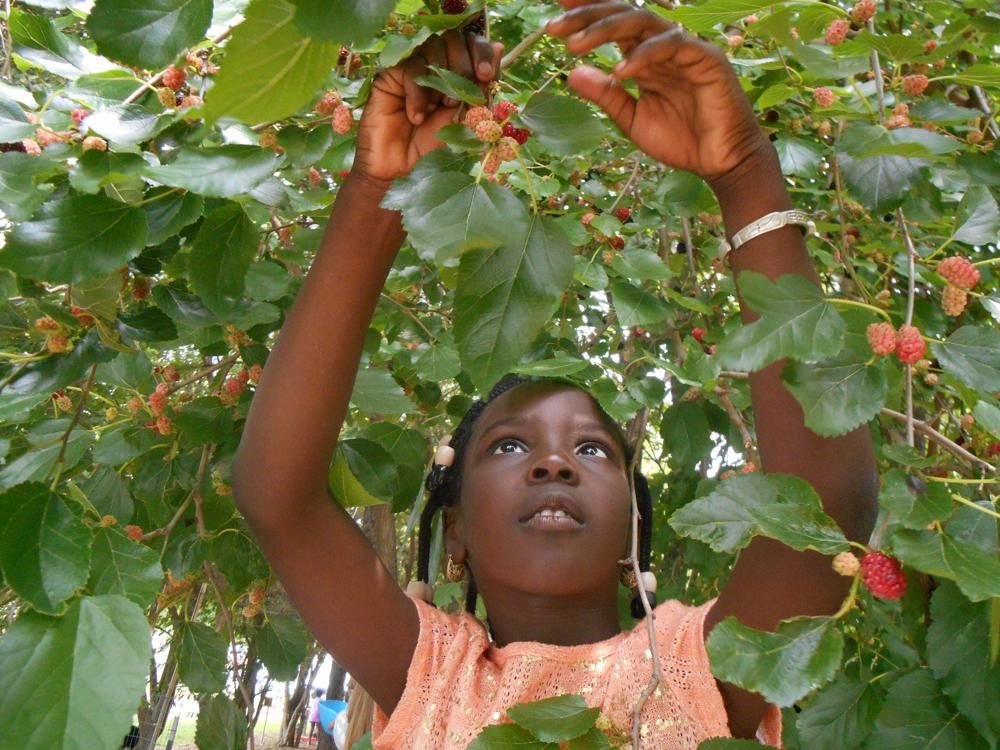
“Giving kids the opportunity to move outside, get their hands dirty, and find worms, especially if their teachers are excited about it — that’s huge,” he says.
In schools where finding space for even a small garden is impossible, turning to local botanical gardens and parks can sometimes be the answer.
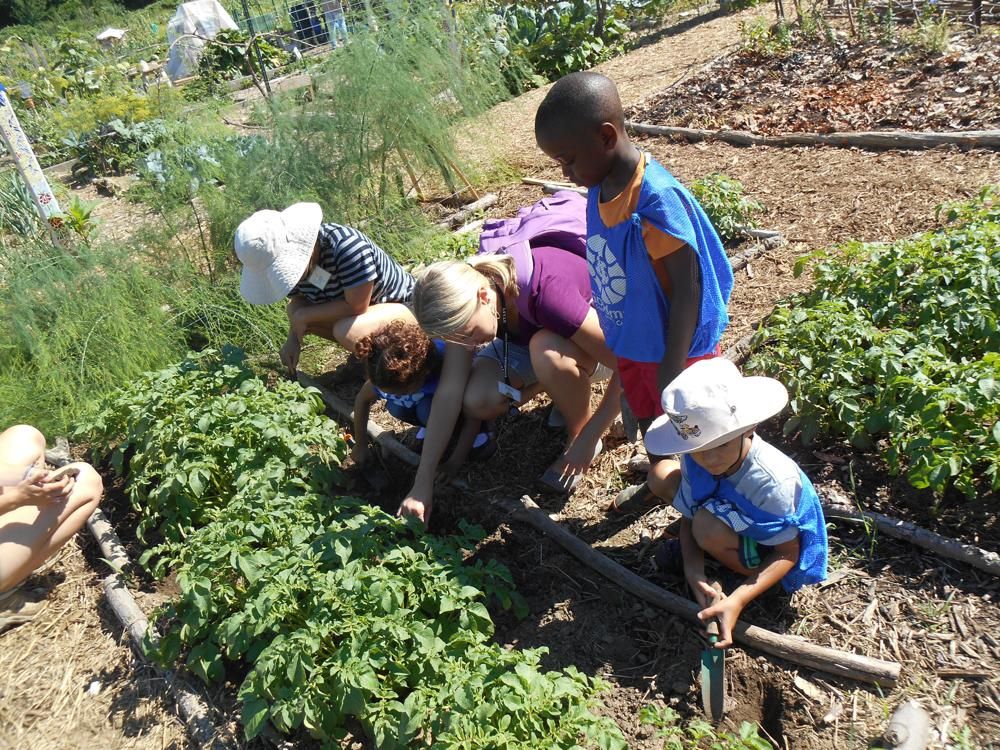
“We are located in the Bronx, which is basically wall to wall six-story apartment buildings. There’s limited space, and vandalism, and it’s hard to find a good place to gather 30 kids, not to mention issues like water access,” says Adams.
“Gardening doesn’t have to be a big patch outdoors. It could be a container garden, a hydroponic garden — there are all kinds of gardens and ways it can work,” he says.
Hobart suggests finding a Master Gardener program, sometimes offered through universities, since graduates must put in a number of hours of free labor to earn their certification. “It’s taken us 10 years to get here, but we did it,” she says.
Nathan Larson, who leads the Cultivate Health Initiative, a collaborative project involving the University of Wisconsin-Madison and statewide partners to support Wisconsin’s school gardens, says his “aha” moment came when he realized the group was supporting two gardens within 5 miles of each other, and neither knew the other existed.
“It became clear that teachers and parents involved with school gardens felt isolated and didn’t know where to turn for support,” says Larson, who wrote a free downloadable book, Teaching in Nature’s Classroom.
At the national level, two major resources for school gardens are The National Farm to School Network and the School Garden Support Organization Network.
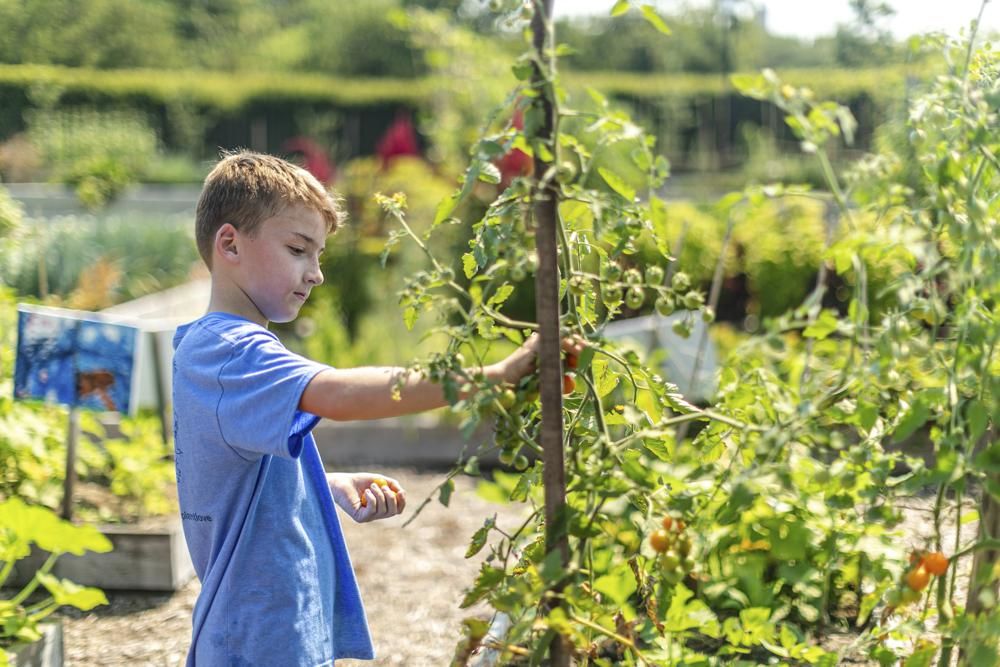
There’s also the National Children and Youth Garden Symposium, organized by the American Horticulture Society to train teachers and others. The symposium is held in a different part of the country each year; the past two years, it was held online.
Life Lab, based in Santa Cruz, California, offers workshops for educators across the country on how to engage young people in gardens and on farms. The Junior Master Gardener Program is a youth gardening program run by Texas A&M University’s cooperative Extension network. Other resources for teachers and others include the National COVID-19 Outdoor Learning Initiative, the Edible Schoolyard Network, Slow Food USA School Garden Network and Big Green.
Ron Finley has been an outspoken supporter of the transformative powers of teaching city kids about seeds and growing. His non-profit Ron Finley Project aims to “change the culture around food.”
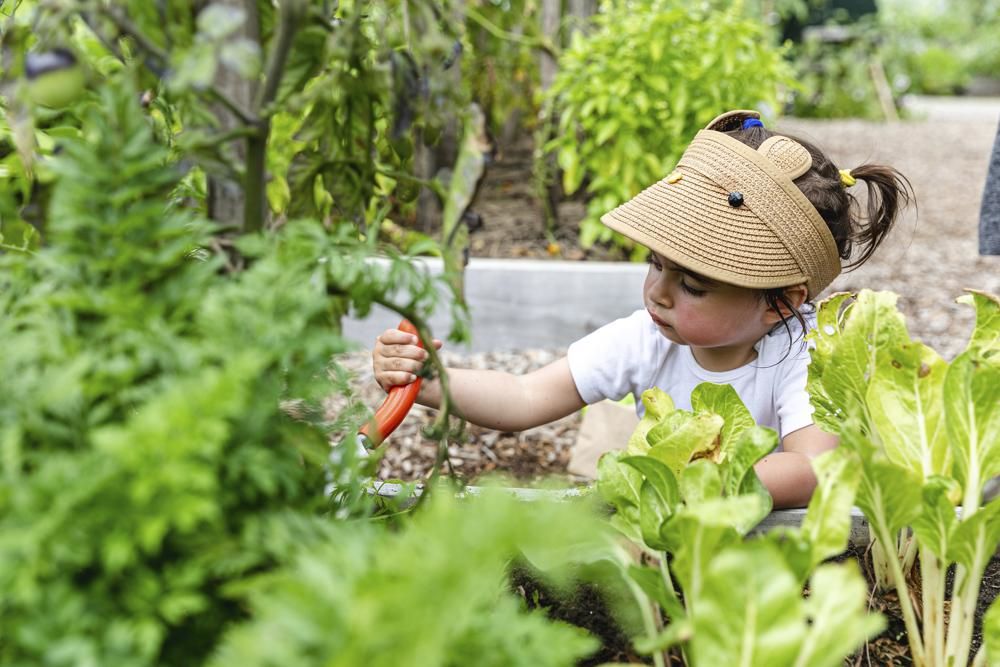
Finley recalls being amazed as a boy when he witnessed, as part of a class project in his South Central Los Angeles school, how “a seed literally destroys itself to become food.”
“Having a garden in a school is just as important as any other education,” Finley says. “The act of gardening teaches you where our food source comes from and teaches you to have a reverence for soil. If kids have a reverence for soil, they have a reverence for themselves and respect for this planet. Gardening should be part of the main curriculum. Gardening is not a hobby, it’s a life skill. I see this as one of the most valuable lessons of humanity.”






